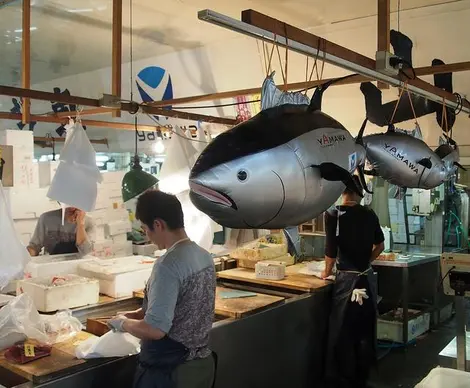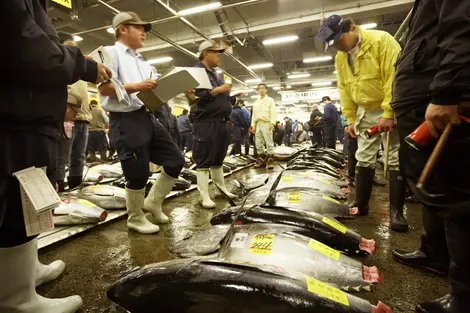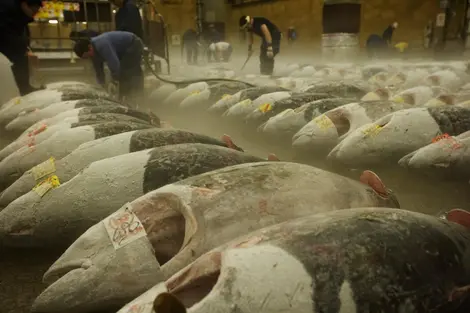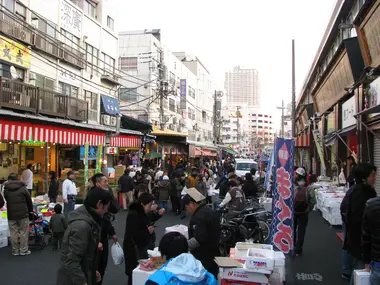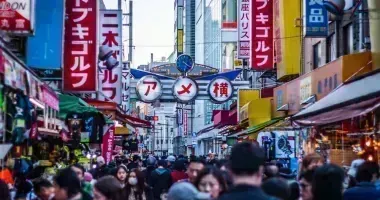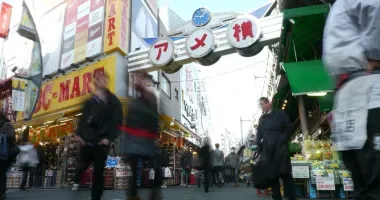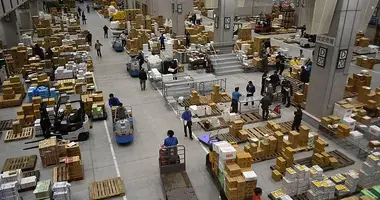Tsukiji fish market 築地市場
- Published on : 28/07/2019
- by : E.P.
- Youtube
The History and Future of Tsukiji Fish Quarter
The world's largest fish market has rehearsed for decades its frenetic and nourishing dance to frenzied “tuna” every night. Now the market has moved, but the neighborhood merchants and restaurants have kept their spirits up and offer tourists delicious fresh seafood.
Once upon a time there was the world's most famous fish market
From 3 a.m., on the 23 hectares of Tsukiji market, vendors rush to unload the cargo from ships and trucks. Everyone is busy getting the ceremony ready at 5:30 a.m., when the daily auction serenade begins. tuna, the king fish of Japan. Forty thousand pieces will be sold there, one every three seconds. Lerite has its formalities: professional buyers touch the tuna, sellers move between the fish, lined up on hundreds of wooden pallets.
Auction sale
Tsukiji, literally “land reclaimed from the sea”, obliges fishmongers, restaurateurs and intrigued tourists to rub shoulders with each other. Established in the district of Chuô since 1935, it has since become the largest fish market in the world , with more than 400 different species on sale.
Around 6 a.m., when the auction ends, the wholesalers cut up fish in the main hall. Further on, others saw frozen parts, often having to work together. The curious were already more numerous. The boiling indoor market continues until 8 a.m. The parts are sold at retail for shipment throughout the archipelago.
The life of Tsukiji, video by hokinskywalker.
A supervised visit
Then the center of gravity shifts. In the neighboring alleys, the stalls of vegetables and specialized ingredients and especially the sushi restaurants, the sushiya , attract salarymen and gourmets, eager for an iodized lunch in the early morning. Here the sliced piece of fish, what Roland Barthes called "lace", is delicious. The day begins with taste.
Tsukiji dictates its rules to visitors. Everyone must respect an obligation: only the first 120 can attend the tuna auction, while remaining discreet. Just as in the market the sellers and the carts have priority, it is imperative not to disrupt their work and of course, not to touch the goods. But don't hesitate, waking up in the morning is worth the effort, as this "gourmet Japan showcase" celebrates an art of living.
The end of the Tsukiji fish market?
The big move to Toyosu
For several years a project to relocate the market was studied, given the dilapidation and the too small surface area of the site. In March 2012, the Tokyo Assembly therefore voted to transfer it to the Toyosu district, in the Kôto district. The transfer was postponed several times due to the contaminated soil in Toyosu, which required further testing. The price to pay for such a move? One hundred billion yen - cheaper than the cost of renovating the current location, however - in a space twice the size of Tsukiji.
- Read also: Tokyo's new fish market in Toyosu
Tsukiji outer market
The fish market for professionals has moved but the stalls remain!
Tsukiji market still breathes, but in the side streets of the old building. It is here that one can taste all kinds of traditional Japanese foods.
A mix of wholesale and retail stores as well as numerous restaurants line the streets , about 500 stores in all.
- The official site: http://www.tsukiji.or.jp/english/
Explore Tokyo & Kyoto differently
Address, timetable & access
Address
Phone
+81(0)33 541 2640.Timetable
Toei Oedo line, Tsukiji-Shijo station (E-18), exits A1-A2.Access
Tuna auctions: 5:30 am-6am. Internal market: until 8 a.m. Outdoor market: until late morning. Please note, until November 2016, the Tsukiji wholesale market is only accessible to tourists from 10 a.m.Website
http://www.tsukiji-market.or.jp/tukiji_e.htm



